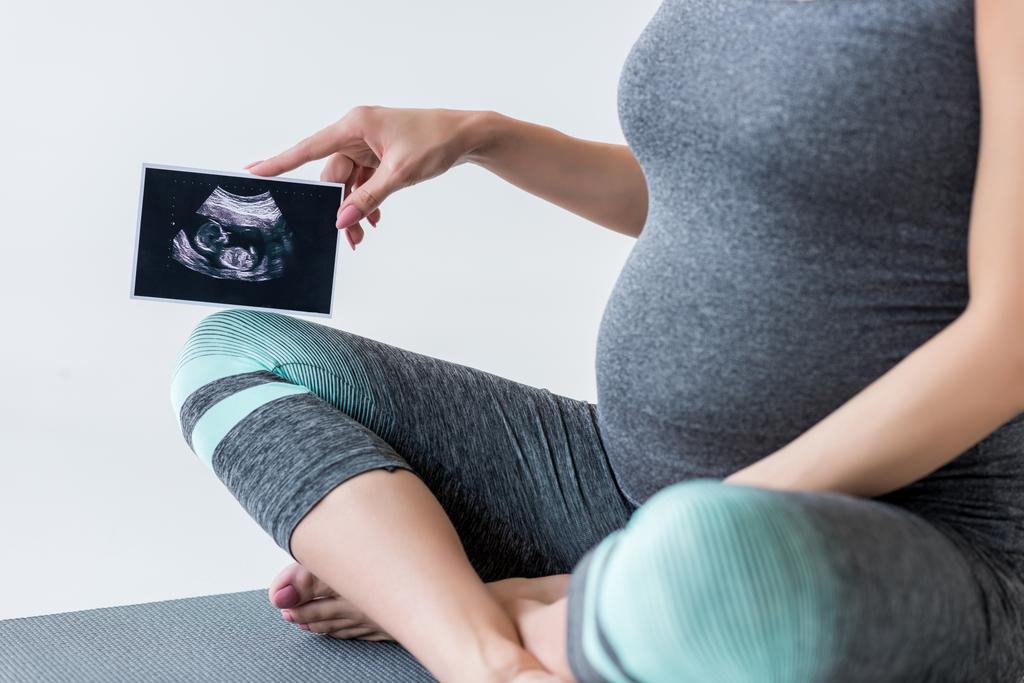Understanding Your Baby’s Movements: A Guide for Pregnant Mothers
Pregnancy is a magical journey filled with anticipation and wonder, and one of the most thrilling aspects for expectant mothers is feeling their baby’s movements. Those gentle flutters, kicks, and rolls create a unique connection between the mother and her unborn child. In this guide, we will delve into the various aspects of understanding and interpreting your baby’s movements during pregnancy, offering insights into the significance of these movements and what they can reveal about your baby’s well-being.
1. The Early Flutters:
For many mothers, the first signs of their baby’s movements feel like delicate butterflies in the stomach. These early flutters, often referred to as “quickening,” are typically felt between 18 and 25 weeks of pregnancy. The sensation is subtle, and some mothers may initially mistake it for gas or indigestion. As the baby grows, these flutters evolve into more distinct kicks and jabs.
2. Feeling the Kicks:
Around the midpoint of pregnancy, usually between 20 and 25 weeks, mothers start experiencing more pronounced kicks. These movements are not just a delightful reminder of your baby’s presence but also an indicator of their health and development. Feeling regular and consistent kicks is generally a positive sign that your baby is active and thriving.
3. Understanding Patterns:
As your pregnancy progresses, you may notice that your baby has certain patterns of activity. Some babies are more active in the morning, while others prefer the evening. Paying attention to these patterns can give you valuable insights into your baby’s routine and help you establish a connection with their individual personality even before birth.
4. Kick Counts:
Healthcare providers often recommend monitoring kick counts as a way to assess your baby’s well-being. This involves keeping track of the number of kicks, rolls, or flutters you feel within a specific time frame, usually an hour. A consistent and regular pattern of movement is generally a positive sign. If you notice a significant decrease in movement, it’s crucial to contact your healthcare provider promptly, as changes in movement patterns could be an indication of potential issues.
5. Responding to Movement:
Your baby’s movements are not just a one-way street; they can also respond to stimuli from the outside world. Talking, singing, or gently pressing on your belly might elicit a reaction from your baby. This interactive element provides a beautiful way for parents to bond with their unborn child and is a preview of the communication that will continue after birth.
6. Changes in Movement as Pregnancy Progresses:
As your pregnancy advances, you might notice changes in the type and intensity of your baby’s movements. Early on, you might feel more flips and twirls, while later in the pregnancy, kicks and stretches become more dominant. These changes are often related to the baby’s increasing size and the reduced space for intricate movements.
7. Position of the Baby:
The position of your baby in the womb can significantly influence the sensations you feel. A head-down position, which is common in the later stages of pregnancy, may result in more prominent kicks in the upper abdomen. Conversely, a breech position might lead to kicks lower down. Understanding your baby’s position can help you make sense of the varied movements you experience.
8. What If I Don’t Feel Regular Movements?
While feeling your baby’s movements is generally a positive sign, each pregnancy is unique, and some mothers may not feel as much movement as others. Factors such as the position of the placenta or the mother’s weight can influence the sensations. However, any significant deviation from your baby’s usual pattern or a sudden decrease in movement should be discussed with your healthcare provider.
9. A Tool for Bonding:
Feeling your baby’s movements is an intimate experience that fosters a deep bond between mother and child. It allows you to connect with the growing life inside you, creating a sense of shared existence. Many mothers find comfort and joy in these moments, and partners can also share in the experience by placing their hands on the mother’s belly to feel the movements.
10. Trusting Your Instincts:
As a mother, you develop a keen sense of your baby’s well-being. If you ever feel concerned about the frequency or intensity of your baby’s movements, trust your instincts and seek guidance from your healthcare provider. They are there to support you and ensure the health and happiness of both you and your baby.
11. Celebrating Milestones:
Every kick, flutter, and roll is a milestone in your baby’s development. It signifies their growth, strength, and readiness for the world outside the womb. Take the time to celebrate these moments, whether on your own or with loved ones. Consider keeping a journal to document the various sensations and movements you experience, creating a cherished keepsake for both you and your child.
Conclusion:
Understanding your baby’s movements during pregnancy is a fascinating and heartwarming aspect of the journey to motherhood. It’s a dynamic and evolving experience that provides insights into your baby’s well-being and personality. By paying attention to patterns, responding to movements, and trusting your instincts, you can enhance the joy of this special connection. Remember, each baby is unique, and the journey of feeling their movements is a personal and beautiful part of the incredible adventure that is pregnancy.












